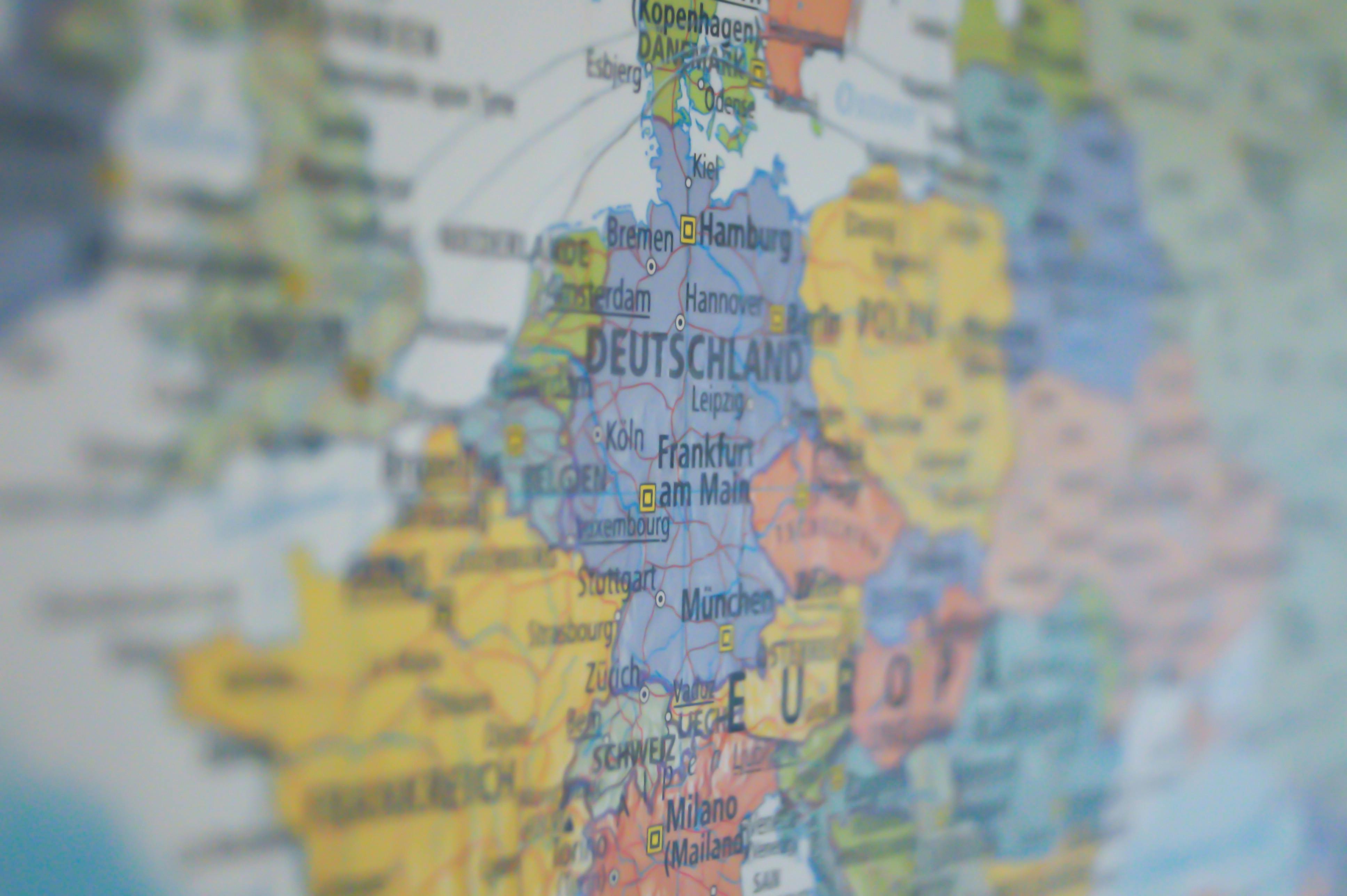Navigating Through Turbulence: The EU's Internal Strife And The Quest For Unity

Brussels - In the grand tapestry of European integration, the fabric has shown signs of wear. The European Union, a remarkable project of economic and political unity, is confronting internal challenges that threaten its cohesion and effectiveness on the global stage. From the economic aftershocks of Brexit to the rise of nationalism, the EU finds itself at a crossroads, seeking a path that will reinforce its foundations amidst growing internal and external pressures.
The Brexit Quandary: A Test of Economic Resilience
Brexit marked a seismic shift in the European Union's political landscape, posing significant economic challenges for both the UK and the remaining 27 member states. The departure has disrupted trade flows, shaken financial markets, and raised questions about the future of EU integration. Despite these hurdles, the EU has shown resilience, navigating the immediate fallout with a combination of regulatory adjustments and negotiations aimed at preserving trade relations. Yet, the long-term economic and political ramifications of this departure remain a specter haunting the halls of Brussels.
The Populist Tide: Straining the Bonds of Unity
Across Europe, nationalist and populist movements have gained traction, challenging the EU's foundational principles of cooperation and shared sovereignty. Countries such as Hungary and Poland have made headlines, with governments pushing agendas that clash with the EU's democratic values and policy norms. This rise of populism has not only strained relations within the Union but also hindered consensus on critical issues ranging from migration to fiscal policy, testing the EU's ability to act as a unified entity.
Fiscal Disputes: The Great Divide
Economic disparities among EU member states have long fueled debates over fiscal policy, budget contributions, and financial solidarity. The conversation around mechanisms like the European Stability Mechanism (ESM) and the contentious idea of Eurobonds highlights the divide between nations advocating for mutual debt sharing and those wary of its implications. These fiscal debates underscore the challenges of balancing national interests with collective European goals, a balancing act made all the more difficult by varying levels of economic development and fiscal health within the Union.
Migration: A Catalyst for Controversy
The migration crisis has tested the EU's unity, revealing divergent views on how to manage external borders and distribute asylum responsibilities. The strain on the Schengen Agreement and calls for reforming the Dublin Regulation exemplify the difficulties in achieving a harmonious approach to migration. Balancing humanitarian responsibilities with security concerns and social integration remains a contentious issue, reflecting broader challenges of policy harmonization in a union characterized by diverse cultures and political views.
Regulatory Harmonization: The Path to a Digital and Green Future
Efforts to harmonize regulations across the EU's internal market face significant obstacles, from digital economy rules to environmental standards. Achieving a consensus on these issues is crucial for the EU's ambitions to lead in digital innovation and combat climate change. However, national regulatory preferences often conflict with the Union's internal market objectives, highlighting the complexity of creating a seamless regulatory environment across 27 member states.
Forging Ahead: Strengthening European Unity
As the European Union confronts these internal challenges, the path forward requires a renewed commitment to dialogue, compromise, and shared strategic visions. Strengthening EU institutions and fostering cohesion among member states will be vital in addressing concerns and bridging divisions. The prospect of future enlargement and the ongoing need for economic and political reform underscore the importance of unity in navigating the tumultuous waters of global politics.
In the face of internal strife, the European Union's quest for unity is more critical than ever. As it seeks to assert its role on the world stage, the EU must first address the fractures within, reinforcing the bonds that hold this unique project together. The road ahead is fraught with challenges, but with concerted effort and a shared commitment to the principles of cooperation and integration, the EU can emerge stronger and more cohesive in the face of adversity.
Author: Brett Hurll
The Self-Destructive Nature Of Anti-Tourism Protests: Balancing Resident Concerns With Tourism Benefits
In recent years, anti-tourism protests have become increasingly common across popular tourist destinations. From the Bal... Read more
Military And Strategic Implications Of The Ukrainian Drone Attack In Kursk
On a recent morning, the Kursk region in south-western Russia witnessed an unexpected and significant event: a Ukrainian... Read more
Chinese Tech Stocks Gain Ground Despite Wall Street Technology Sell-Off
Chinese tech shares in Hong Kong gained on Friday, defying a technology stock sell-off on Wall Street, driven by strong ... Read more
Defense Pact Between Britain And Germany: A Focus On Cybersecurity And Joint Operations
In a move set to redefine European defense collaboration, Britain and Germany have signed a comprehensive defense pact a... Read more
US Secret Service Director Steps Down After Trump Assassination Attempt
Security lapses admitted by Kimberly Cheatle prompt resignation.Kimberly Cheatle, the head of the US Secret Service, has... Read more
Kamala Harris Promises A Brighter Future In Official Campaign Launch
In a vibrant and impassioned campaign launch, Vice President Kamala Harris vowed to lead America toward a "brighter futu... Read more

